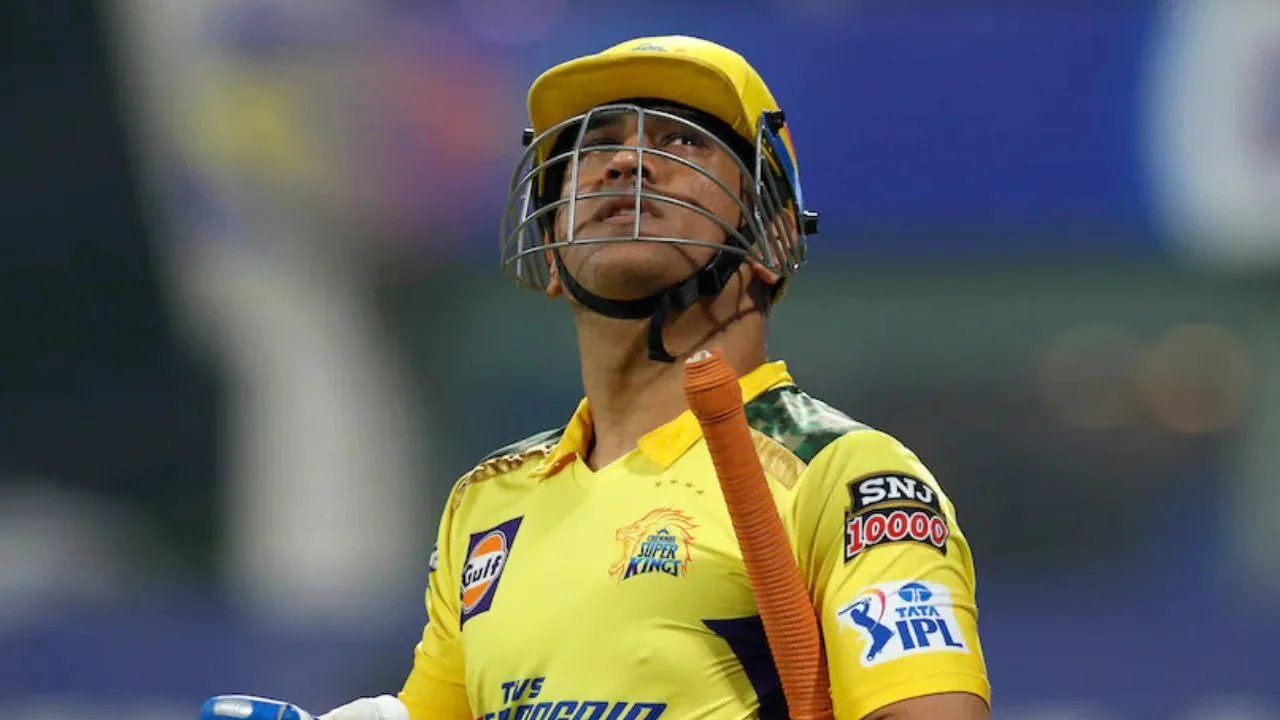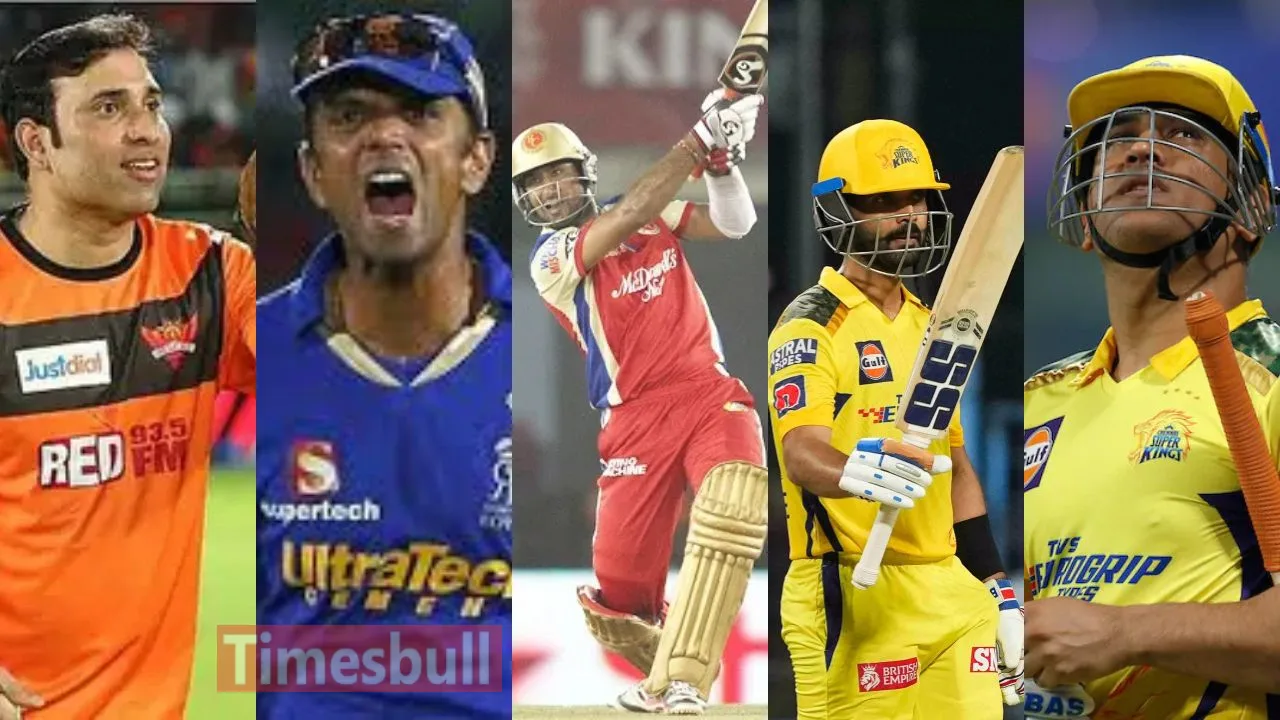From 2015 to 2024, cricket has witnessed a shift where defining players as “Test” or “T20 specialists” seems almost outdated. Modern players have learned to adapt seamlessly across formats, creating a new era where format-based limitations are less relevant. Watching how players embrace each format with ease is a delight for fans, and restricting them to a single format might be a mistake.
The IPL 2025 is already generating excitement day by day as the Indian Cricket Board (BCCI) has announced some strict rules and regulations for player retention ahead of the upcoming season. Preparations for the IPL 2025 Mega Auction have already started as all the participating teams have announced their retention list on 1st November. Throughout this article, we will discuss how players succeed across different formats (especially in the IPL) without changing their unique playing styles.
The Evolution of Cricket: ‘Specialists No More!’
From 2015 to 2020, cricket has transformed remarkably. The transformation of a “Test specialist” or a “T20 expert” is becoming obsolete as modern players adapt seamlessly across all formats. The versatility seen in today’s players is impressive, proving that restricting them to just one format could be a mistake.
The Number Four Dilemma
Had Cheteshwar Pujara been given 20-25 consecutive ODIs after 2015, India may not have struggled as much to fill the No. 4 spot. Numerous experiments were made for this position, yet Pujara, known for his consistency in Tests, could have contributed to ODIs too. While some exceptions exist, like Rohit Sharma’s ability to handle red balls in challenging conditions or VVS Laxman’s tenacity with the tail-enders, it’s clear that many players could adapt successfully to multiple formats.
Rahul Dravid’s Adaptation in T20s: A Masterclass in Consistency
Many may think of T20 cricket as a format for power-hitters, but cricket legend Rahul Dravid proved that adaptability is key. When he represented Rajasthan Royals in the IPL, Dravid brought his test-honed consistency to the T20 game without abandoning his style. While he may not have reached a 50 in 20 balls, he showcased that calculated innings can be as impactful as fast-paced aggression.
Rahane’s Steady Process and Social Media Perceptions
Ajinkya Rahane is another player whose methodical approach sometimes earns criticism when he’s dismissed early in a match. If he gets out within the first few balls for a low score, social media erupts in frustration. However, fans often overlook the fact that players like Rahane trust their process. Their strategies, even if unsuccessful initially, have long-term potential to produce results.
Dhoni’s Unique Strategy: Waiting Until the Last Overs
MS Dhoni’s gameplay has been a science of patience and precision. Known for running singles and doubles to take the match deep, Dhoni has developed a process that allows him to finish games under pressure, especially when the team lacks an experienced lower-order batter.

Wriddhiman Saha and the Elegance of Stability
Wriddhiman Saha’s flexibility across formats is a testament to his skill. While often batting lower down in Tests, Saha proves his striking ability in T20 games. Observing his hand positioning, he may not be the typical hard-hitter, but his timing and free-flowing shots make him a dependable opener when given the chance.
The Elegant Player’s Approach
Elegant cricketers like Ajinkya Rahane and Dravid may not seem like natural T20 specialists, but they are adaptable. Each maintains their style across formats, refusing to stray from their process regardless of outside pressure.
In today’s world, limiting players to one format seems old-fashioned. The beauty of modern cricket is that players can succeed in all formats, showing that solid technique and adaptability are still valuable qualities.
